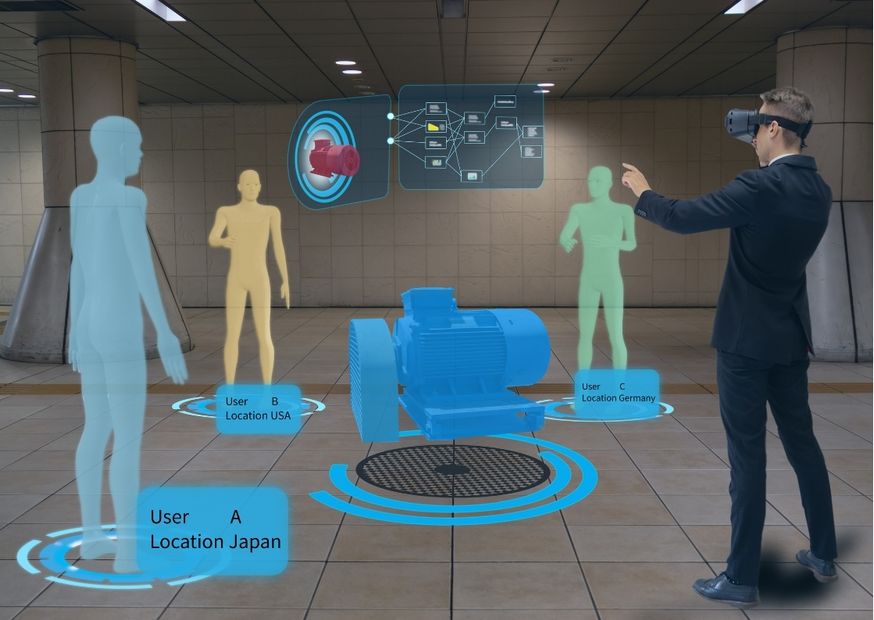According to Werner Vogels, CTO at Amazon, 2023 will be the year the metaverse will change the way we experiment. This prediction is one of five tech developments he sees emerging this year. According to him, researching use-case scenarios through spatial computing, simulations and digital twins is currently still being used to a limited extent. This will change next year.
In total, Vogels made five tech predictions for 2023 that show how powerful the mix of information and application can become. One of the predictions Amazon’s CTO made is that simulated worlds will revolutionize the way we experiment. Because although spatial computing, simulation and digital twins are already being used, the daily impact is limited, says Vogels.
New use-case scenarios, according to Amazon
He writes, “[…] in 2023, the cloud will make these technologies more accessible, which in turn will enable a new series of use cases that are not bound by physical constraints.” He refers to simulations to, for example, build better race cars, predict the weather or model the stock market. Building and running those simulations is now only a problem due to scarcity of talent and hardware.
“Take, for example, a fluid dynamics simulation for a jet plane or race car, where it can take up to 150 TB of data to simulate just one second of a real-world scenario. Simulation allows us to look into the future to see the impact of our efforts, running numerous what-if scenarios that answer our questions without having to wait and see what the impact could be many years from now.”
Space computing as a trend
Cloud computing will increase the accessibility of that hardware to investigate the countless what-if scenarios, Vogels thinks. But he also sees a trend in the use of spatial computing. He says: “Companies are already building specialized hardware and using cloud technologies to capture and create 3D models of virtually any environment. Doing this with just a mobile device will soon become a reality.”
The CTO of Amazon believes that the accessibility of spatial computing will create a new wave of innovations. This technology is increasingly being used in architecture, construction, commercial real estate and retail in particular. “Like video for the web, spatial computing will rapidly evolve in the coming years to a point where 3D objects and environments are as easy to create and consume as your favorite short social media videos.”
The other four trends
Other trends are:
- Cloud technologies will redefine sport as we know it;
- A wave of innovation in smart energy
- The impending transformation of the supply chain
- Custom silicon is going mainstream

